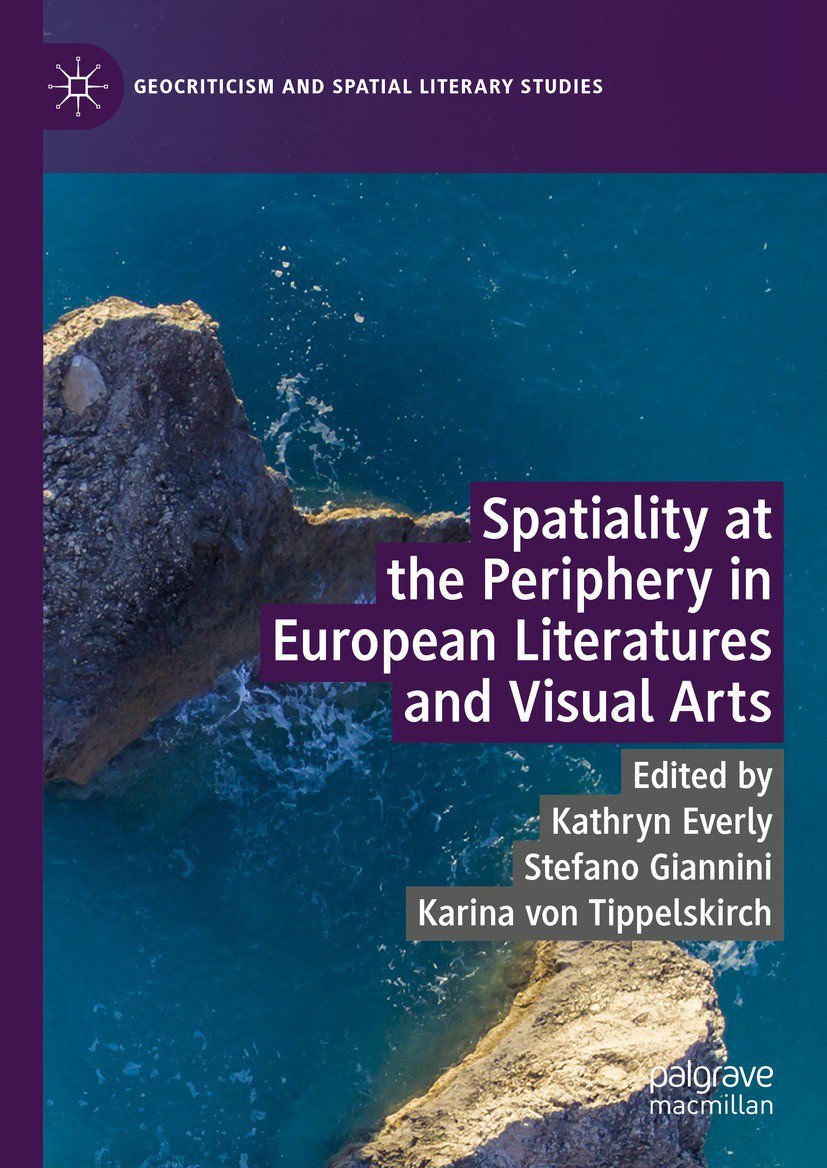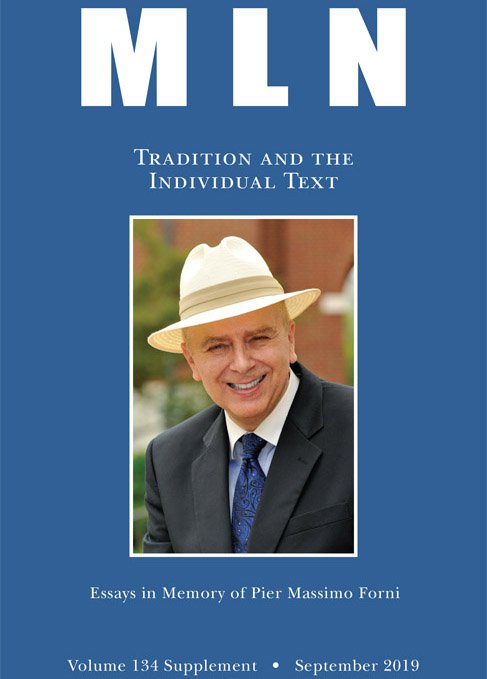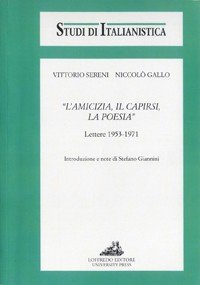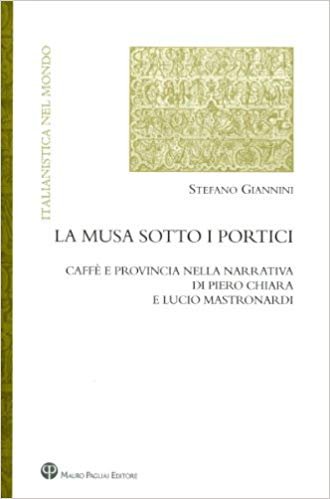Stefano Giannini
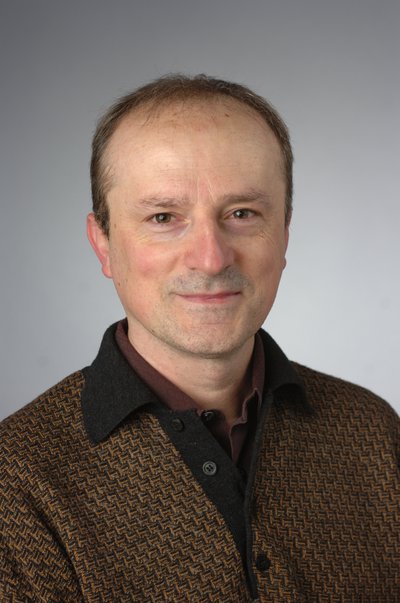
Stefano Giannini
Associate Professor, Italian
CONTACT
Languages, Literatures, and Linguistics
302 HB Crouse Hall
Email: giannini@syr.edu
Office: 315.443.2136
PROGRAM AFFILIATIONS
Italian Language Literature and Culture
Degrees
- Ph.D., Italian, Johns Hopkins University, Baltimore, MD (2003)
- M.A., Italian, University of Oregon, OR (1996)
- Laurea in Lettere cum Laude, Università di Genova, Italy (1991)
Social/Academic Links
Courses Taught
ITA 325 Advanced Italian Language
ITA 326 Italy Today: Language, Media and Culture in Contemporary Italy
ITA 400.1 Calvino and the Debate on Modernity
ITA 400.2 Places and Cities in Modern Italian Literature
ITA 400.3 Lies, Deceptions and Miscreants in Italian Literature
ITA 400.4 Conspiracies Italian Style
ITA 409 Dante’s Commedia: Inferno
ITA 412 Boccaccio’s Decameron
ITA 434 Africa in Italian Literature
ITA 441 Early Modern and Modern Italian Theater
ITA 442 Italian Novels Under Fascism
LIT 257 Italian Film History: Neorealism
Stefano Giannini teaches Modern Italian literature. His research focuses on the historical novel and the dialectic memory/oblivion. A graduate of the University of Genoa (Italy), he studied at the University of Oregon and completed a Ph.D. in Italian Studies at the Johns Hopkins University. He taught at Wesleyan University in Connecticut, and at the University of Calgary (Canada). At SU he is the coordinator of the Italian program.
Research Spotlight
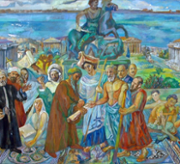
My current research focuses on the relationships among the cultures of the Mediterranean basin, in particular between Italy and Egypt. "Maps of Absence. Modern Italian Writers in Alexandria, Egypt" investigates the encounters of modern Italian poets and writers with Northern Africa between the end of the 19th century and the first half of the 20th century.
Above: Mohammed Naghi, School of Alexandria (ca. 1939-1949), detail. Photo courtesy of Dr. Mohammed Awad. Naghi included Ungaretti and Marinetti in his representation of the cosmopolitan Alexandria. The two Alexandrian-born poets are shown below Alexander and at the right of Alexandria and Archimedes.
- Associate Professor, Italian, Department of Languages, Literatures and Linguistics, 2014-present
- Chair, Department of Languages, Literatures, and Linguistics, 2016-2019; 2022-2023 (interim)
- Assistant Professor, Italian, Department of Languages, Literatures and Linguistics, 2008-2014.
- Assistant Professor, Italian, Department of French, Italian and Spanish, University of Calgary, 2005-2008.
- Adjunct Assistant Professor, Italian, Department of Romance Languages, Wesleyan University, 2003-2005.
- Visiting Assistant Professor, Italian, Department of Romance Languages, Wesleyan University, 2002-2003.
“Twilight for a Myth. Images of Death in Luigi Pirandello’s The Mountain Giants,” forthcoming in Last Scene of All. Representing Death on the Western Stage, Jessica Goodman ed. Oxford: Legenda, (2022): 79-93.
“Places of Memory and Struggles for Identities: Ernesto Verrucci's 1938 Monument to Khedive Ismail in Alexandria, Egypt,” Italian American Review (2022) 12 (1): 61–85. https://doi.org/10.5406/26902451.12.1.03
“Editors’ Introduction: Tradition and the Individual Text,” co-author, Tradition and the Individual Text. Essays in Memory of Pier Massimo Forni, Modern Language Notes 134.1 Supplement (2019): ix-xx.
“Viaggi e itinerari (in)compiutidella poesia italiana del dopoguerra. Una nota sulla poesia di Giorgio Simonotti Manacorda,” Tradition and the Individual Text. Essays in Memory of Pier Massimo Forni, Modern Language Notes 134.1 Supplement (2019): 318-331.
“Pirandello and Satire. The Imaginary Journey of Four Authors in Search of a Character According to Charles Kenneth Scott Moncrieff (1889-1930),” Pirandello Society of America (PSA), XXX (2018): 11-26.
“Memory and the Realization of the Nothingness. On a Letter of Vittorio Sereni to Giuseppe Ungaretti,” Forum Italicum 52.1 (spring 2018): 111-129.
“The Paradox of Amnesia: Tondelli’s Un Weekend Postmoderno,” Italian Quarterly 195-198 (Fall 2013 [2017]): 79-92.
“Viaggi vicini e lontani: provincia e realismo nella narrativa di Piero Chiara e Fabio Tombari,” Il mago del lago. Piero Chiara a cent’anni dalla nascita, (Varese: Amici di P. C.-Confini, 2014), pp. 259-74.
“The Writer’s Provincial Muse: Piero Chiara in the Coffeehouse,” The Thinking Space: The Café as a Cultural Institution in Paris, Italy and Vienna, Leona Rittner, Jeffrey Jackson and W. Scott Haine eds. (Farnham: Ashgate, 2013), pp. 205-20.
“In Pursuit of Allegria. Ingeborg Bachmann meets Giuseppe Ungaretti,” Die Waffen nieder!/ Lay down your weapons!: Ingeborg Bachmanns Schreiben gegen den Krieg, Karl Solibakke and Karina von Tippelskirch eds. (Würzburg: Königshausen und Neumann, 2012): 185-94.
“La terra trema as Palimpsest: Tracing Intertextualities between Literature, Theater, and Film in Pirandello and Visconti,” Modern Language Notes, 127, 1 (2012): 142-59.
“Luciano Bianciardi’s Aprire il fuoco: on the Function of Literature in Society,” Italian Quarterly 173-174 (2007 [2009]): 55-65.
“La vita sua e quella degli altri. Ricomposizione di memoria e oblio nell’opera di Piero Chiara,” Piero Chiara tra esperienza e memoria (Atti della giornata di studi su Piero Chiara, Varese, dicembre 2006), Federico Roncoroni and Serena Contini eds., in Confini, 8 (2008): pp. 39-57.
“Hidden Sentiments, Unfinished Project: Pirandello’s Film La Nuova Colonia,” Pirandello Society of America (PSA), XIX (2006): 55-69.
“Luciano Bianciardi ed il Risorgimento. I modi del documento e dell’invenzione nella Battaglia soda.” Narrare la storia. Dal documento al racconto, Fondazione Maria e Goffredo Bellonci-Accademia Nazionale Virgiliana (Milano: Mondadori, 2006): 235-49; re-published in Il gabellino, journal of the “Fondazione Luciano Bianciardi” (Grosseto, Italy), VIII, 13, Dossier 14 (June 2006): 9-19.
“Un nuovo dato per la cronologia della versione cinematografica della Nuova colonia di Luigi Pirandello,” Annali d’Italianistica, 23 (2005): 233-40.
“Piero Chiara e la tradizione,” Modern Language Notes, 119, 1 (2004): 174-92.
“Un’agra salita. Lettura di ‘Autostrada della Cisa’ di Vittorio Sereni,” Italian Quarterly, 155-156 (Winter/Spring 2003): 27-34.
“Modelli retorici tra predica e romanzo. L’esempio di Anton Giulio Brignole Sale,” Nouvelles de la République des Lettres, 1 (2002): 29-50.
“La passionale genesi di Come tu mi vuoi,” Rivista di letteratura italiana, XX, 2 (2002): 217-34.
Entries on Luigi Pirandello’s Right You Are, Six Characters in Search of an Author, Enrico IV, Tonight We Improvise. The Columbia Encyclopedia of Modern Drama, Gabrielle Cody and Evert Sprinchorn eds. (New York: Columbia University Press, 2007): pp. 418-19, 1139, 1251-52, 1364- 65.
“Sul carteggio Sereni-Gallo,” catalog entry on the correspondences Vittorio Sereni-Niccolò Gallo, Luino e immediati dintorni. Geografie poetiche di Vittorio Sereni, Angelo Stella and Barbara Colli eds. (Varese: Insubria University Press, 2010): pp. 239-41.
Introduction to Nino Bazzetta de Vemenia, I caffè storici d’Italia da Torino a Napoli. Figure, ambienti, aneddoti, epigrammi (Novara: Interlinea, 2010): pp. 5-10.
Stefania Lucamante, Righteous Anger in Contemporary Italian Literary and Cinematic Narratives (Toronto, University of Toronto Press: 2020), Cuadernos de Filología Italiana, 30 (2023): 443-445.
Mauro Novelli, Nel golfo irrequieto: La narrativa di Piero Chiara (Milan: Fondazione Arnoldo e Alberto Mondadori, 2020), Symposium, 76, 1 (2022): 47-49.
Giuseppe Faustini, Un amore primaverile. Inediti di Luigi Pirandello e Jenny (Pagliai: Florence, 2019), Forum Italicum, 54, 3 (2020): 847-48.
Alberto Comparini, Geocritica e poesia dell’esistenza (Milano: Mimesis, 2018), Forum Italicum, 53, 3 (2019): 782-85.
Lisa Sarti and Michael Subialka, eds. Pirandello’s Visual Philosophy. Imagination and Thought Across Media (Madison: Fairleigh Dickinson University Press, 2017), Italica, 95, 4 (Winter 2018): 675-78.
Silvia Tatti, Classico. Storia di una parola (Rome: Carocci, 2015), Modern Language Notes, 131, 1 (2016): 290-92.
Francesca Southerden, Landscapes of Desire in the Poetry of Vittorio Sereni (Oxford: Oxford U. P. 2012), Italica, 2 (2013): 306-07.
Pietro Frassica, Her Maestro’s Echo: Pirandello and the actress who conquered Broadway in one evening (Leicester: Troubador, 2010), Modern Language Notes, 127, 1 (2012): 163-65.
Andrea Malaguti, La svolta di Enea. Retorica ed esistenza in Giorgio Caproni (1932-1956), (Genova: Il melangolo, 2008), Quaderni d’Italianistica, 31, 1 (2010): 231-32.
Piero Chiara, Racconti, Mauro Novelli ed. (Milano: Mondadori, 2007), Modern Language Notes, 125, 1 (2010): 252-54.
Umberto Mariani, Living Masks. The Achievement of Pirandello (Toronto: University of Toronto Press, 2008), Pirandello Society of America (PSA) XXII (2009): 71-73.
(March 24, 2017)
University of Milan's Mauro Novelli will examine literature, culture during Fascism
(Jan. 28, 2015)
Syracuse professors occupy top positions at Modern Language Association, International Association of World Englishes, and Linguistic Society of America

